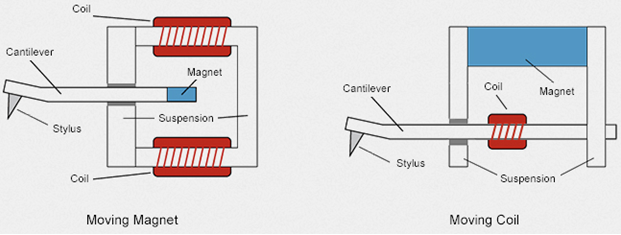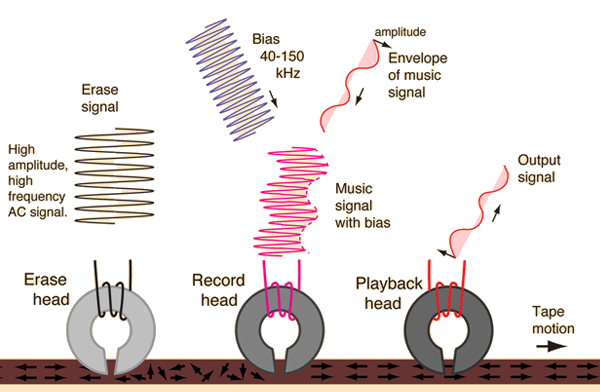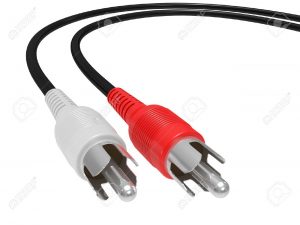Many music listeners are becoming more interested in analog playback options, especially turntables and records. These sources can be fun to use and listen to. The experience of taking a record out of its sleeve and watching it spin up on a turntable can be really fun. For the listener interested in this experience, this page will provide more information on how analog sources are played back.
Although sources of analog playback are becoming less common as newer technologies emerge, they can still provide a very high quality sound output with the right equipment and calibration. The most common sources of analog playback are vinyl records and cassette tapes, with both mediums being able to carry an analog signal just as it was recorded. As the signal is read back, it is close to the same as the original performer or artist made. However, the sound quality depends a lot more on the equipment used than with digital sources. That means analog sources can be more expensive and time-consuming to get just right.
“Steady motors, clean surfaces, and precise needles or heads are essential to clean sound.”
In order to read the analog signal, there must be a physical connection to the record or tape. With a vinyl record, a needle rides in a groove which contain bumps that carry the musical data. A tape cassette has a magnetic film that has been charged to carry the musical signal. To read the magnetic charge, a reading head rubs across the surface of the tape. The signals generated from a turntable or tape deck are usually very small, and must be processed and amplified by a preamplifier before they go to the main amplification stage of the system. Everything from the pickup head or cartridge to the preamplifier to the cables used can affect the sound of an analog system. The results of a good analog system can be lifelike and enjoyable to listen to.

The above graphic shows the premise of how a turntable picks up the grooves in a vinyl record. The stylus rides in the groove of the record. The bumps in the groove vibrate the stylus and cantilever which moves the magnet or coil in relationship to the coil or magnet. This produces a small voltage that is then amplified and heard through speakers.

This is an illustration of how a tape recorder/player interacts with a magnetic tape. The erase and record heads can be magnetically charged with the wires wrapped around them. The playback head reads the magnetic data on the tape and produces a voltage in the wires wrapped around it. Based on the signals going through the wires, the heads can erase, record, or play the magnetic data on the tape. The tape can hold a magnetic waveform with varying magnetic field directions based on the signals from the music.
Tapes and records are not without drawbacks. Analog playback devices, especially turntables, can pick up vibrations from their surroundings and inject these variations into the output signal, reducing sound quality. In addition, a quality analog playback device requires a heavy duty motor to operate properly, and a high quality power supply to provide optimal performance. This means the players are usually big and heavy. Tapes and records can also be large and bulky, making them difficult to store compared to modern digital storage options. The machines used to play them are also often difficult to calibrate. Tapes and vinyl records can also wear down over time due to the physical scratching and rubbing that is necessary to play them.
Once the analog signal is read, that signal must be amplified to be heard through speakers. Learn more about amplification here: Amplification
Analog audio connections:
More about cables is discussed here: Cabling

RCA: This is the most common connection for an analog signal. This can be used to make a connection between a turntable or tape deck and a preamplifier or amplifier.

XLR: Also know as a balanced connection, XLR is usually used in the ultra high end component and professional equipment. It does a similar job as RCA but can provide higher quality sound.
SITE MAP